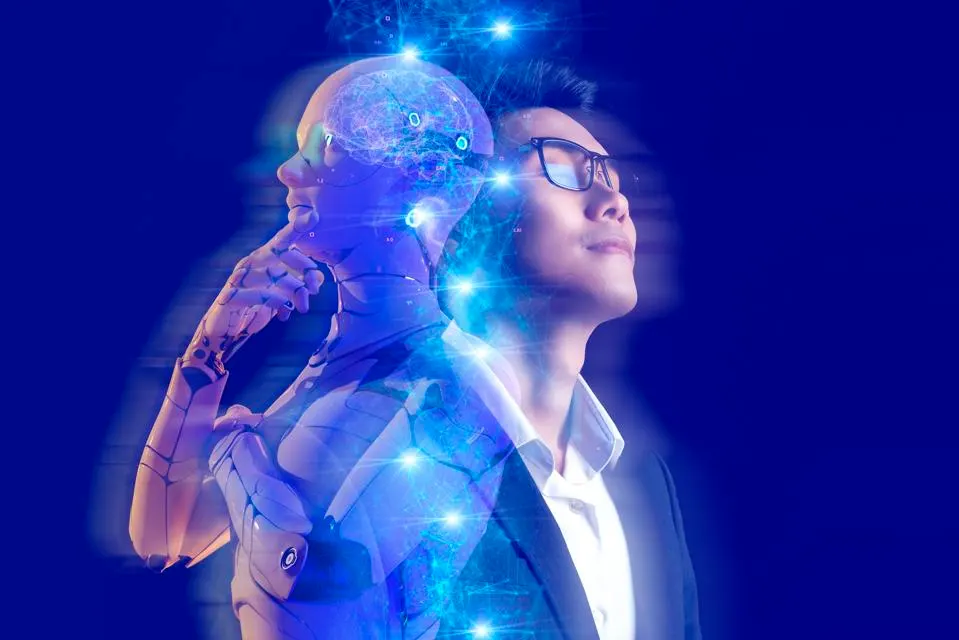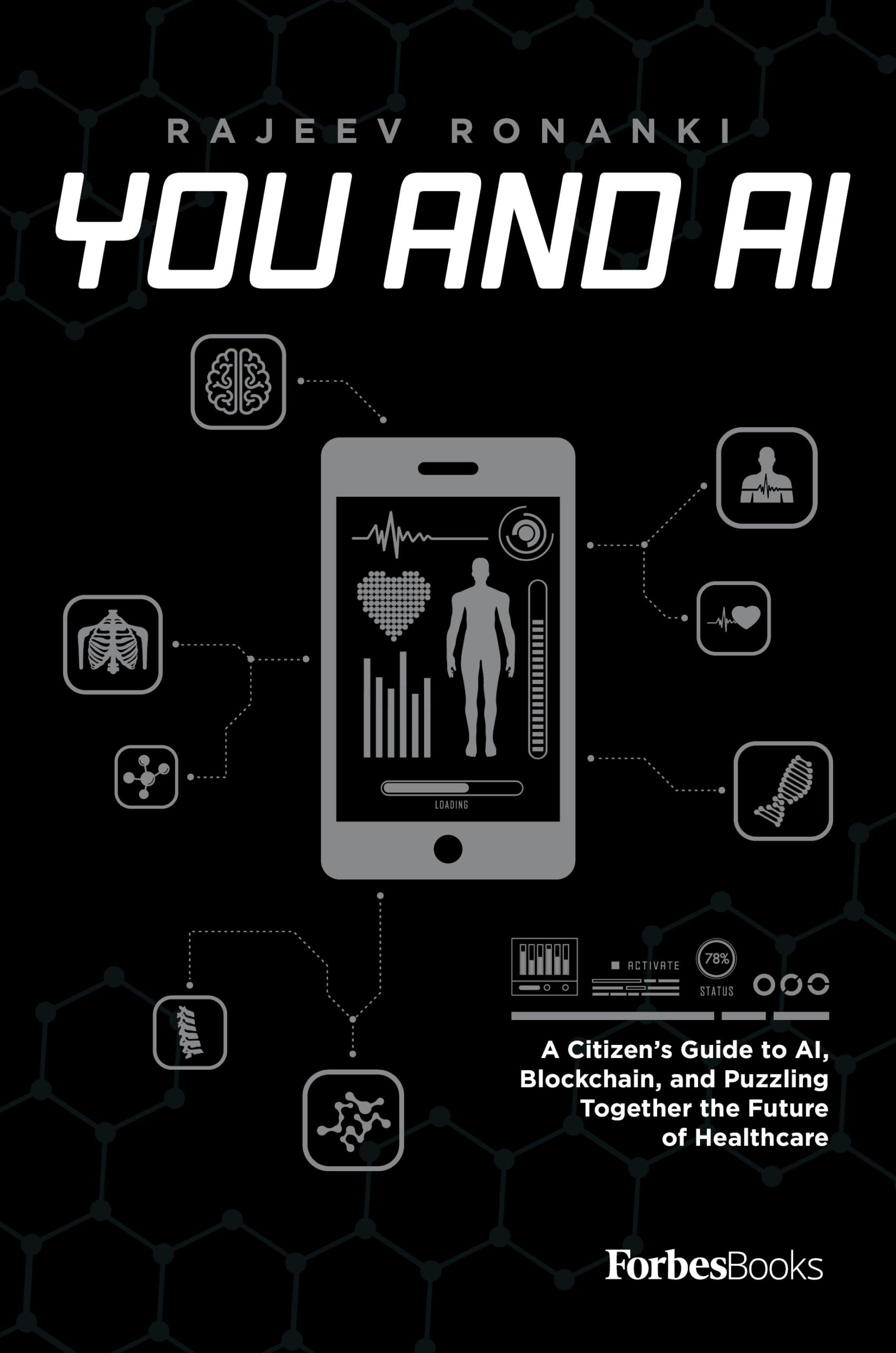Ten years ago, a costly failure occurred which set back the use of AI in the field of healthcare for years—and is still cited by some as an argument against AI implementation in healthcare. In 2013, IBM and MD Anderson embarked on a joint project with a pilot program known as Watson Health. Their hope was the program would synthesize patient data more thoroughly than human doctors could to make cancer diagnoses. But after four years and $62 million spent with very little success, MD Anderson pulled the plug on the project.
One problem with the program was the limited data Watson Health was being fed. In cancer research, there were only so many patient records and relevant case studies for it to analyze—leading to low-confidence predictions.
A bigger problem, I believe, was the mindset behind the program. Their ambition was to replace the need for human doctors to diagnose cancer and let a machine take over the task.
While automation of specific duties is absolutely an area where AI is being used across many industries, there are areas where human IQ and intuition is still absolutely essential. For example, one of the holdups in the production of self-driving cars are the limits the AI has with being able to account for aberrations in the system, such as jaywalking. This has led to some embarrassing headlines for self-driving tech pioneers. Likewise, the area of cancer diagnoses is filled with such aberrations. The bar was set too high for Watson Health.
In the area of diagnoses then, AI cannot replace humans—at least, not yet—but it can assist in certain diagnoses where there is enough data. If you’ve ever known someone who has received a misdiagnosis, it’s a painful process which can lead to loss of time, resources, or even loss of life. Traditionally, we have depended on getting a “second opinion” to reduce the chances of misdiagnosis, or to get additional insight into treatment possibilities.
With recent advancements, AI can be used to assist healthcare professionals in diagnosing a wide-range of medical conditions. Machine learning algorithms can analyze patient data, such as medical history, lab results, and imaging scans, to help identify patterns which may indicate a particular disease or condition. In this way, it can be an automated “second opinion.”
For example, a machine learning algorithm could analyze a patient’s X-rays to help detect early signs of lung cancer. By comparing the patient’s X-rays to a vast database of similar scans, the algorithm can identify subtle changes which might otherwise be missed by the human eye. It could be designed to trigger an alert for the human doctor to take a closer look and adjust the diagnosis accordingly. Such AI assistance could help catch cancer in its early stages when it is more treatable.
This type of application could be particularly helpful for individuals who may already have an existing health condition which could affect the diagnosis or even the treatment plan. The key here is the AI never replaces the doctor in making the diagnosis but can help the doctor and patient have a higher degree of confidence in the diagnosis made. This could potentially give both parties a head start in treatment, such as quickly matching the patient to a specialist or facility with more experience in the diagnosis.
For those who may still be reluctant to the notion of AI assistance, I would challenge you to think about how we already use machines to assist us in diagnosis. Going back to the X-ray example, is this not machines helping guide us to a diagnosis? After all, when a patient comes in with symptoms of lung disease, the first step is not to put them on the operating table. We use machines all the time in diagnosis—from conducting bloodwork to routine sonograms.
AI is simply the next evolution for how machines can assist human IQ in making accurate diagnoses. In the end, this serves to make healthcare more efficient, more precise, and more human.

